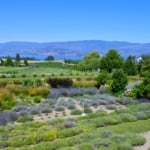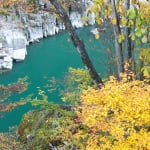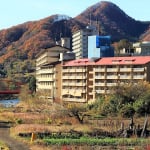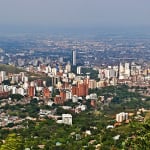Name: Palaces and Parks of Potsdam and Berlin
Official Website: https://worldheritagesite.xyz/potsdam/
![[World Heritage] What Are the Palaces and Parks of Potsdam and Berlin?](https://skyticket.com/guide/wp-content/uploads/2025/08/pixta_2416105_S-e1518510457967-1200x675.jpg)
[World Heritage] What Are the Palaces and Parks of Potsdam and Berlin?
The “Palaces and Parks of Potsdam and Berlin” refers to a collection of former palace buildings and their accompanying gardens located in Germany’s capital, Berlin, and the capital of Brandenburg state, Potsdam. This ensemble includes around 150 structures built between 1730 and 1916.
Along the Havel River at Alter Markt Square, you will find St. Nicholas’ Church, the Old Town Hall, and the City Palace, with an obelisk standing at the center. From this square, turning west into the old town and passing through Potsdam’s Brandenburg Gate, you enter an area lined with numerous palaces, including the Sanssouci Palace.
If you go straight through the square and pass Nauener Tor instead, several palaces quietly line the shores of Heiliger See. Among them, Cecilienhof Palace holds special significance as it was the venue for the Potsdam Conference.
table of contents
[x] close
[World Heritage] What Are the Palaces and Parks of Potsdam and Berlin?
What Are the Palaces and Parks of Potsdam and Berlin?
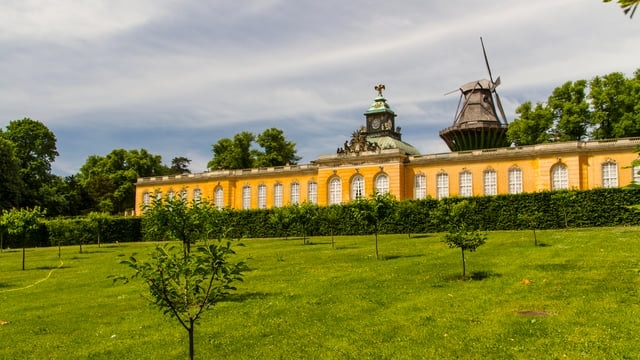
Since the construction of the Brandenburg Elector’s residence in the 17th century, Potsdam developed as one of the residences of the House of Hohenzollern. In the 18th century, Frederick William I, known as the “Soldier King,” and his son Frederick the Great (Frederick II) realized their dream of a Baroque city in the Potsdam area.
The main highlight of this World Heritage Site is the Sanssouci Palace, built by Frederick the Great as a summer retreat, along with the many palaces scattered within its gardens. Exploring the streets of Potsdam itself is also highly recommended.
Designated as a World Heritage Site in 1990, the listing originally included Sanssouci Palace, Babelsberg Palace and Gardens, Glienicke Hunting Lodge, Sacrow Palace and Gardens, the New Garden, and Cecilienhof Palace. The site was expanded in 1992, and in 1999 it grew again to include Babelsberg Observatory and Jugendstil-style buildings.
Other historic districts in Potsdam included in the listing are the Russian Colony Alexandrowka, the Dutch Quarter, and the Weber Quarter.
Access to Potsdam
Potsdam is the capital of Brandenburg state and borders Berlin. From central Berlin, take the S-Bahn (S7) commuter line to reach Potsdam Central Station in about 30 minutes.
Potsdam has a well-developed tram network. From the central station, take tram No. 91 or 98 and get off at Luisenplatz-South/Sanssouci Park stop, which is right in front of Brandenburg Gate. From there, it’s about a 15-minute walk to Sanssouci Palace, or you can take a bus to reach the rear entrance more quickly.
To get to Cecilienhof Palace, take bus No. 603. For Babelsberg Palace, take bus No. 616.
Highlight ①: Sanssouci Palace
Sanssouci Palace was designed and built by Frederick the Great himself in the mid-18th century as a summer retreat. Considered a masterpiece of German Rococo architecture, the single-story palace is modest in scale but lavishly decorated. Visitors can take a 40-minute guided tour of its opulent rooms, including the Marble Hall, library, guest rooms, and the combined study-bedroom of the king.
The sprawling Sanssouci Park to the west of the palace contains the New Palace, the Chinese House, Charlottenhof Palace, and the Orangery Palace. You could spend all day exploring without seeing everything.
Originally designed in the French Baroque style, the gardens were redesigned in the 19th century to reflect the then-popular English landscape garden style. The Picture Gallery, which displays the royal family’s art collection, houses over 100 works by 17th-century Italian, French, and Flemish painters, including Caravaggio.
Highlight ②: Cecilienhof Palace
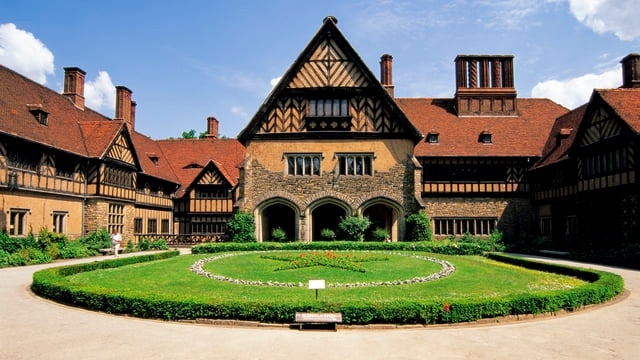
Cecilienhof Palace was the site of the Potsdam Conference near the end of World War II, where the Allies declared their demand for Japan’s unconditional surrender. Built in 1917 by Kaiser Wilhelm II for Crown Prince Wilhelm, it was named after the crown princess, Cecilie. However, after Germany’s military situation worsened the following year, Wilhelm II fled to the Netherlands, and the palace became state property.
Built in the British country house style with timber framing, the palace has the atmosphere of an elegant highland hotel rather than a grand palace. This reflected the tastes of the crown prince and princess—less imposing but warm and relaxed.
Part of the palace was once used as a hotel, but it is now open to the public as a tourist site. Visitors can see the conference room where the Potsdam Conference took place and the private rooms of the American, British, and Soviet leaders. For visitors, it is a particularly significant site.
Highlight ③: Babelsberg Palace
Located in eastern Potsdam, Babelsberg Palace was built in 1833 by order of King Frederick William III. The design was by renowned royal architect Karl Friedrich Schinkel, who also worked on Charlottenhof Palace in Sanssouci Park and the Old Museum in Berlin.
Modeled after Windsor Castle in England, Babelsberg Palace combines Neo-Gothic architecture with Roman-style neoclassicism, making it an eclectic structure. Facing a lake, Babelsberg Park is a popular picnic spot for locals on weekends. The “Small Palace” now operates as a café, offering a pleasant place to enjoy tea while taking in the garden views.
Note: As of October 2018, Babelsberg Palace was closed for renovations.
◎ Summary
Potsdam is only about a 30-minute train ride from central Berlin, making it an ideal destination for a day trip.
However, visiting just Sanssouci Palace and Cecilienhof Palace can take up half a day, including travel time. It’s best to select the palaces you most want to see and plan your route accordingly.
RELATED ARTICLES
REGIONS
CATEGORIES
FEATURED ON Germany
-
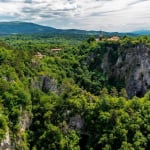
Introducing All 5 World Heritage Sites in Slovenia! Explore the Magnificent World Heritage of This Small Country
-
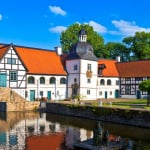
Not Just Soccer! Representative Souvenirs from Dortmund That Contributed to Industrial Development
-
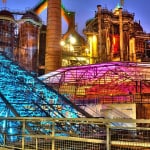
【World Heritage Site】What is the Völklingen Ironworks?|Introducing the World’s First Industrial Heritage Site
-
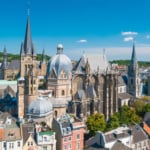
【World Heritage Site】What is Aachen Cathedral?|The appeal of the first registered World Heritage Site
-
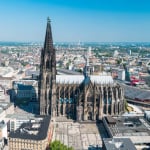
[World Heritage] What is Cologne Cathedral? | The World’s Tallest Gothic Structure Reaching for the Sky!
MOST POPULAR ON Germany
-
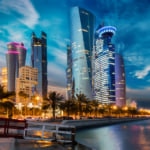 1
1Doha: Must-see Attractions in the Capital of Qatar
-
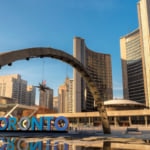 2
2Toronto: 10 Things to do in this Picturesque Canadian City
-
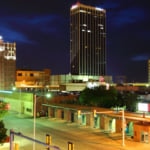 3
3Amarillo: A City Famous for It’s Amazing Canyons, Great History and Music
-
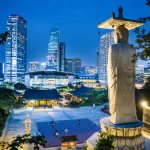 4
4South Korea: Dazzling Scenery, Rich Culture and Fascinating History
-
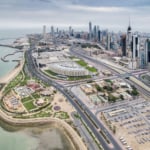 5
5Kuwait: A Country in Middle East Asia Famous for Hot Sand Dunes and Stunning Cityscape


